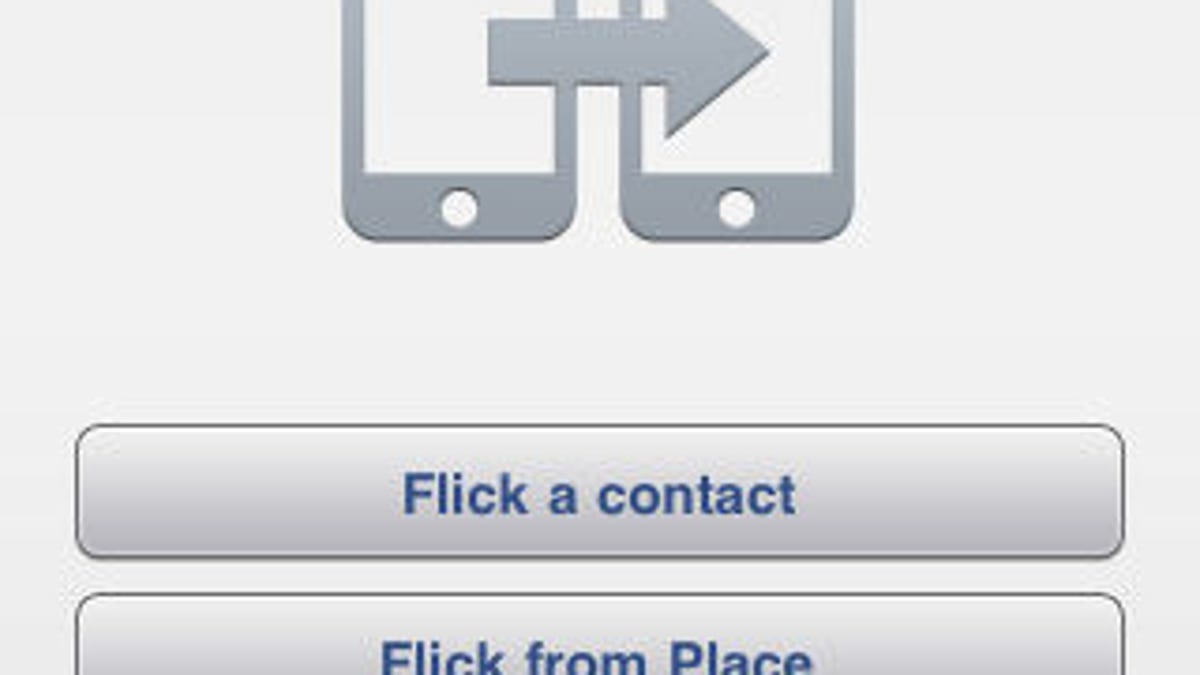Ricoh gears up cloud storage for iPhone
Ricoh continues to make its way into the cloud with consumer solutions from Quanp. Now offering storage and large-file transfer, Quanp is introducing an iPhone app in the U.S.

Ricoh, the Japanese digital office solutions company, is announcing a new iPhone app from its Quanp subsidiary. The app provides 10GB of free cloud-based storage, the ability to share files up to 500MB, uploading and management of photos and videos taken on an iPhone, and a potentially cool local sharing function with other nearby iPhone users.
The Quanp app rose to No. 2 on the Japanese App Store in the Productivity category after its release in Japan earlier this month. It's now available in the App Store for users in the U.S.
There are a vast array of choices for cloud storage, including a number of products that address the need to manage files from a mobile device. One interesting angle of the Quanp product is a function called "Flick File," which allows you to send files back and forth via Bluetooth. It reminds me of the old days of beaming business cards to Palm devices, or more recently of the Bump social-networking application.
I've been watching Ricoh's Quanp organization work its way through the ins and outs of Silicon Valley for the past year and a half. Their online storage service--they call it "visual" online storage due to the fancy 3D interface of their PC client--has potential to help handle the deluge of data we are creating at home.
The vast majority of computer users don't have great backup habits, and with more and more people embracing mobile devices and data usage rates on smartphones skyrocketing, the lack of backups is only going to get worse. With cloud-based storage that can sync with a PC, much of the hassle is removed from the backup equation.
In Japan, mobile phones are ubiquitous: people use them to enter subways with a quick swipe, to pay for things in vending machines, and to manage paperless boarding passes in airports. Japanese conglomerate Sharp leads in cell phone market share with 26.2 percent, and Apple has the largest American corporate presence with 4.9 percent.
I asked Sho Harada, general manager of Ricoh's Quanp team, to answer a range of questions about what Japan, known as a kind of cell phone utopia, can learn from U.S. smartphones.
According to Harada, with Apple and Google competing to build smartphones in the U.S., it's wide-open territory here. Every day brings interesting developments, and the reliance of open--or semi-open systems--to popularize technologies is fascinating, he said.
Harada told CNET that Apple's iPhone is brilliant, but it would just be a fancy cell phone if it weren't for the App Store and the opportunity for tens of thousands of developers and designers to push Apple's product in innovative and interesting ways. From open source to social media to app stores, the U.S. is really pushing the envelope in harnessing the power and energy of development communities, Harada said. Japan simply has no answer to this currently in consumer products, he added.
According to Harada, prior to the launch of the iPhone, the U.S. cell phone market was pretty uninteresting in comparison to Japan. Japanese consumers have depended on cell phones for a wide range of daily activities for years now.
One area that is very different is the focus on written communications. The Japanese language has dense information capabilities and a cultural focus on writing--as opposed to speaking. Small cell phone screens fit that cultural proclivity well.

